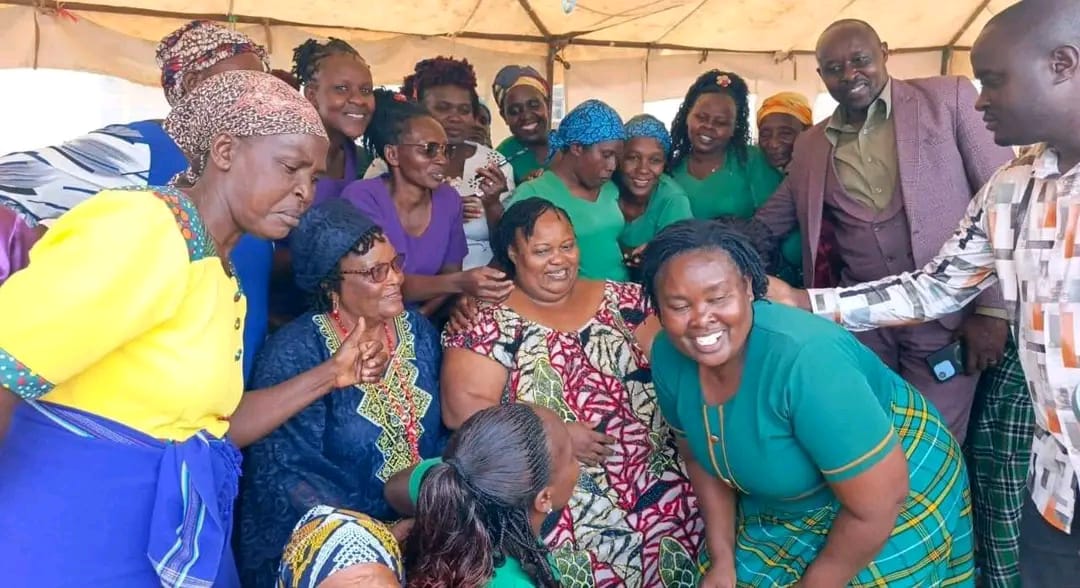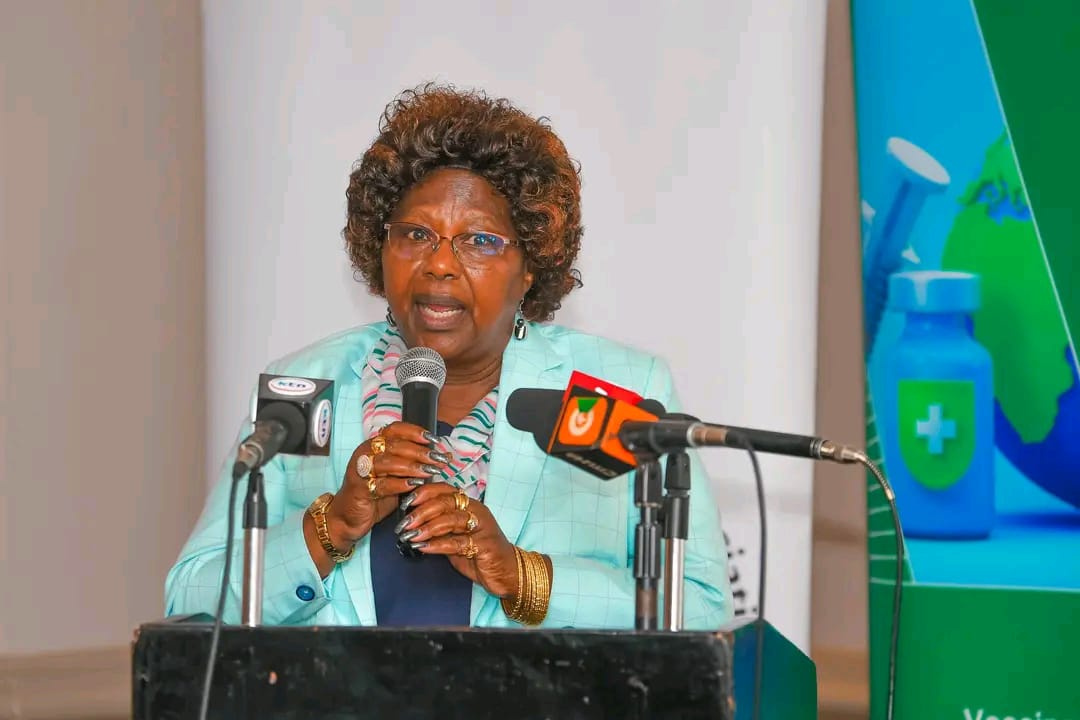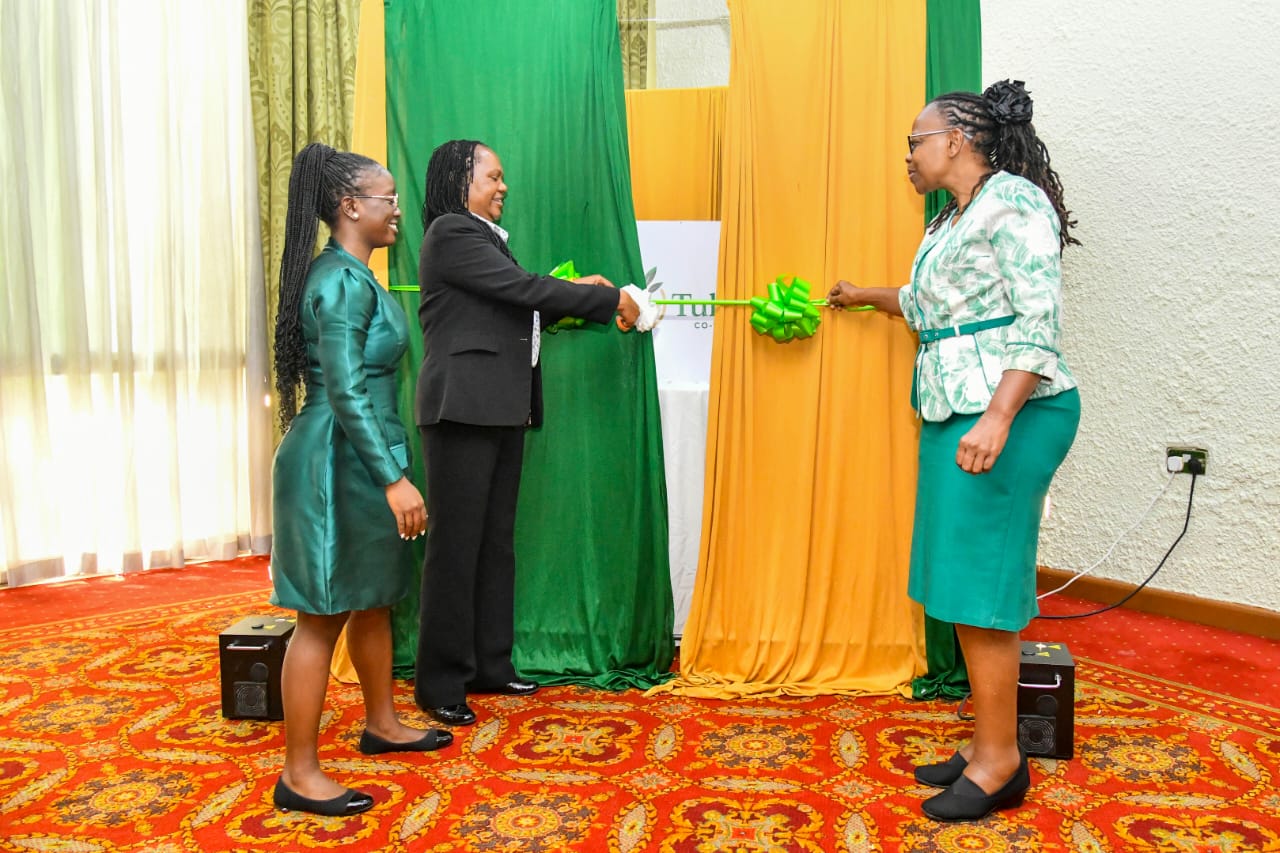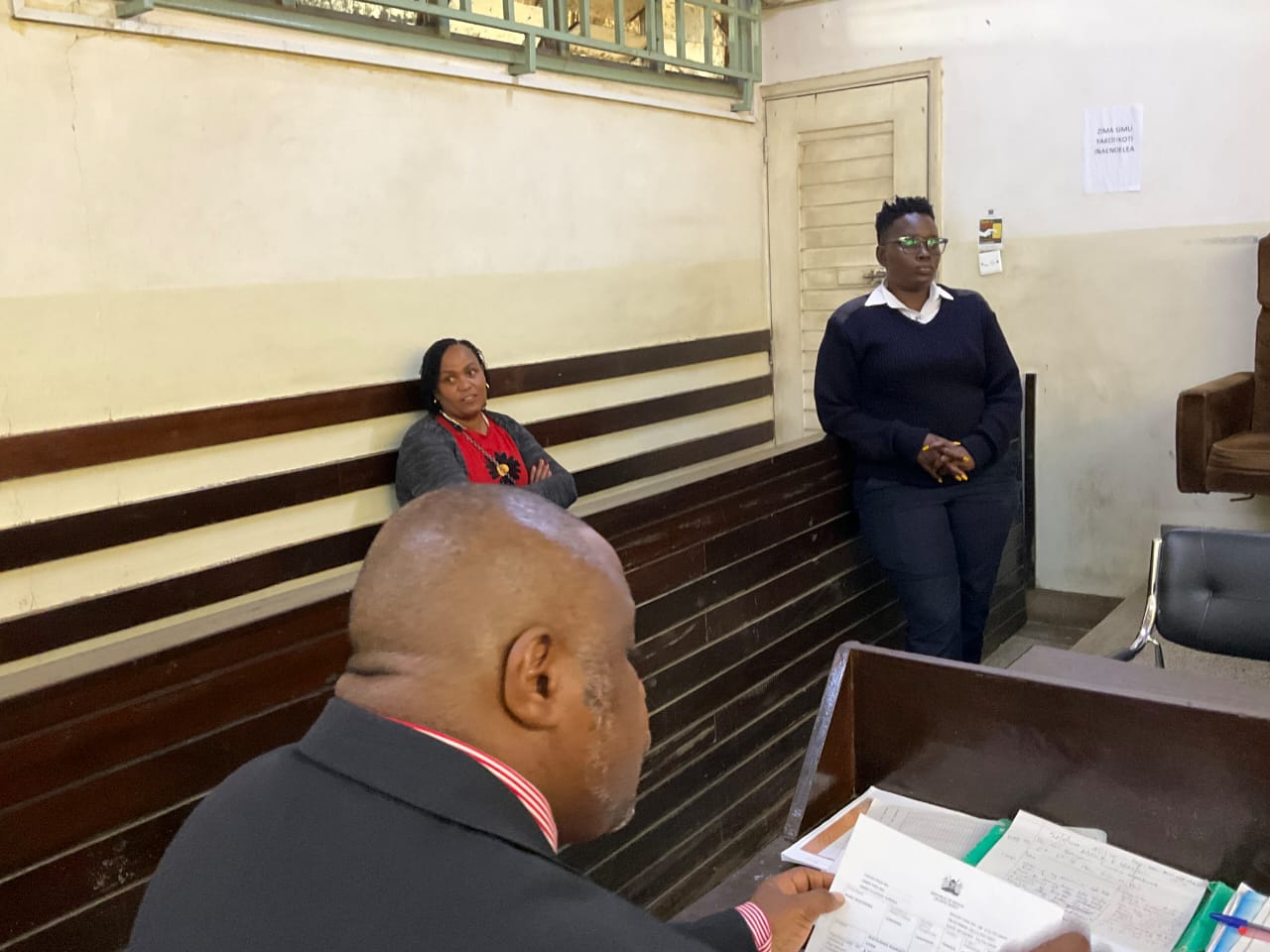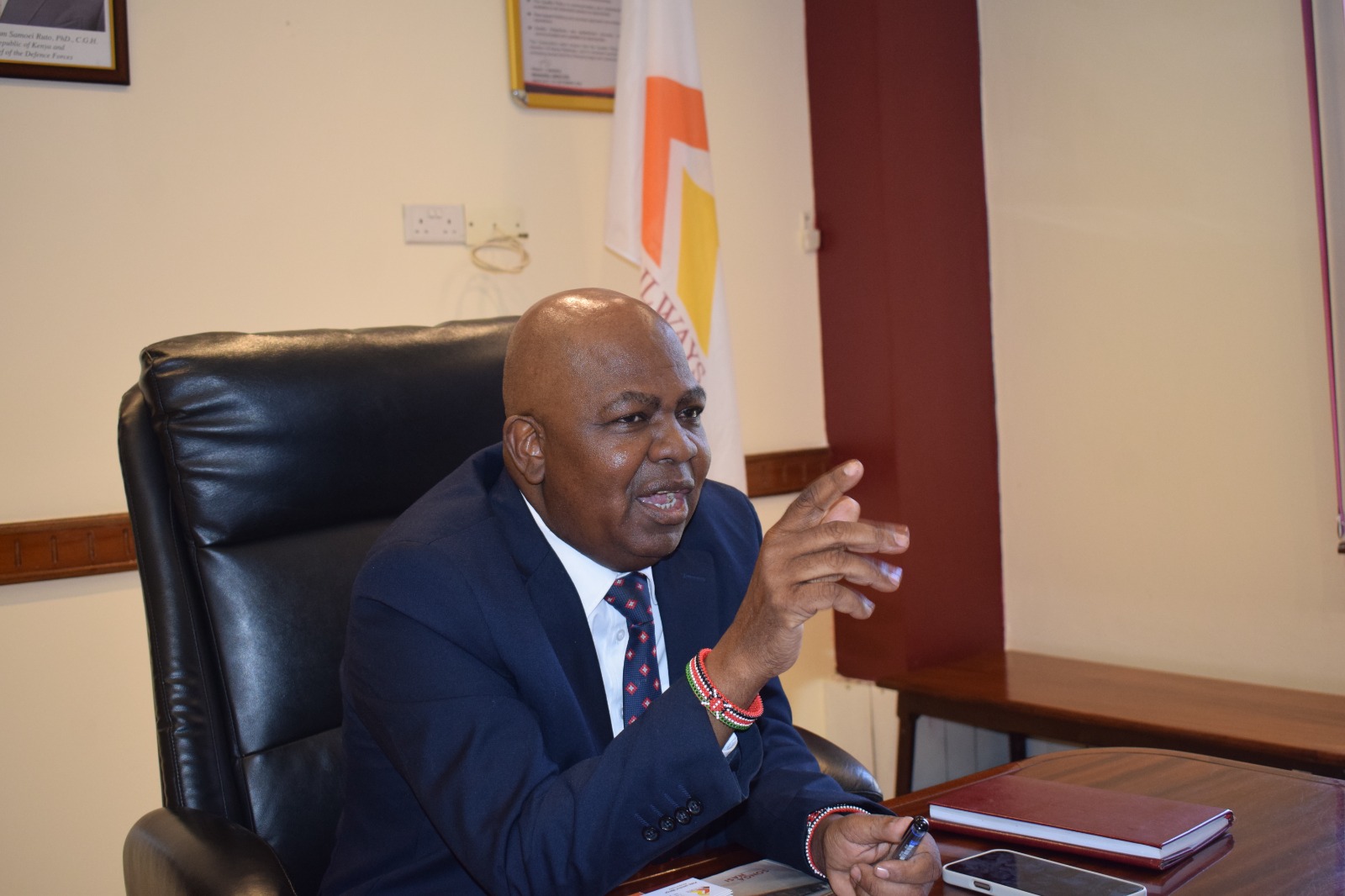
Between the years 2003 and 2006,the Kenya Railways underwent a lot of economic turbulence that saw the transport agency sink into oblivion.
During this time, the agency was hardly paying its staff salary with some of them opting for other jobs in the private sector.
In 2006, the government decided to undertake massive restructuring of the Kenya Railways Corporation where all its operations were put under the Rift Valley Railways Consortium.
This came with its own consequences as thousands of employees were retrenched making it more difficult for the affected families.
However, a decision was made to establish the Kenya Railways Staff Retirement Benefits Scheme (KRSRBS)the same year as focus shifted on how to save the corporation and make its operations lively again.
The current KR Managing Director Philip Mainga has opened up on the ups and downs the corporation has undergone, from being the symbol of Western colonial rule and Kenya’s awakening process and struggle for independence.
When revolutionary ideas were needed on how to revitalise and pump economic sense into the running of the corporation, Mainga was part of the team that made practical presentations to the government; detailing what needed to be done to make it an economically viable institution.
From 2008, KR took back operations from RVR where Mainga and other employees began working on policies geared towards giving economic sense and value to the money invested in the state corporation.
Relying on his experience as an economist, the training he obtained at the Railway Training Institute (RTI) and further studies in UK,America and China,Mainga became a key and reliable component in mainstreaming KR into a regional giant
He took a strategic role in the development of the Standard Gauge Railway line and was one of the people who went to China for some of the negotiations.
Taking back Kenya Railways from that private operator is a key achievement as rehabilitation and reforming the Metre Gauge Railway from 2019 to date, where all the lines, including Mombasa Malaba line that had been interfered with and had collapsed.
“Today, we have revived all our lines except for Taveta. We are currently going to Kitale, Nyahururu, Butere, Nanyuki and Kisumu. We have also revived and upgraded the Nairobi commuter rail system from one train per day to nine, moving over 3,000 people every day on different routes,” he told a local daily.
Today, about 30 to 40 per cent of the people who are coming to work in and out of Nairobi travel by train.
Some of the drastic changes made include running three sets of train, Mombasa-Nairobi three times and activating the Maimahiu route.
“Freight capacity has also increased and we keep growing in all our services which are supporting growth of the economy,” he added
KR is now focusing on implementing the Nairobi Railway City project that was initiated in 2023.
The project, which has the backing of the United Kingdom, involves the construction of a 425-acre urban development on the area between Haile Selassie Avenue, Uhuru Highway and Bunyala Road – comprising transit stations, homes, offices, among other features.
The project is expected to decongest the central business district by encouraging businesses to shift from the city centre to the new development’s special economic zones.
The project sits on 425 acres of our prime underutilised land within the Central Business District (CBD) of Nairobi. We want to create a transport hub with seamless integration with public transport.
KR has finished all the designs, plans, all the drawings are ready so the buildings for the Nairobi Central Station, and commercial requirements all are ready. The New Bridge connecting CBD to the industrial area is almost complete, in the next two months it will be ready.
Also in place is the planned commencement of the SGR Kisumu line where KR has commissioned the Environmental Impact Assessment.


